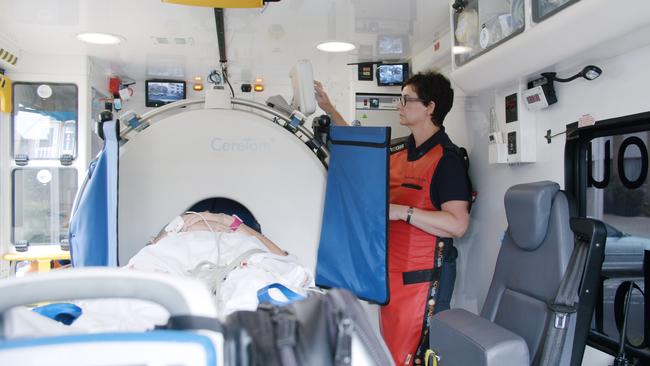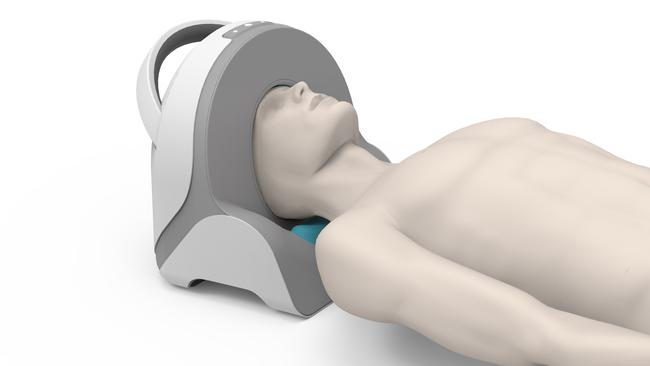Mobile stroke units to boost rural survival rates
A world-first project aims to improve stroke survival rates for rural Australians by taking the hospital to the patient.

A PROJECT aiming to deliver urgent stroke treatment more quickly and equitably to rural Australians will put lightweight brain scanners on ambulances, helicopters and aeroplanes within five years.
The Australian Stroke Alliance is a collaboration between more than 30 health, research and technology organisations, led by Professors Stephen Davis and Geoffrey Donnan.
Professor Davis said the project was a world first that could make advanced blood clot-busting treatments available to all Australians during the critical “golden” first hour of stroke onset.
“The idea is to move the hospital to the patient,” Prof Davis said.
He said clot-dissolving drugs could drastically improve survival, but could be given only after a brain scan.
Stroke, which is caused by blocked or ruptured arteries in the brain, hits 60,000 people a year in Australia, and kills 12,000. Rural and remote Australians are 19 per cent more likely to suffer a stroke, and more likely to die as a result.
“What this program is about is bringing brain scanners to patients in Australia wherever they are … The big barrier is scanners are too heavy,” Prof Davis said. “We think the solution is to invent lightweight brain scanners.”
The alliance is working with Australian companies to develop CT scanners that weigh less than 100kg that can be installed in emergency vehicles and aircraft.

Ambulance Victoria director clinical operations Mick Stephenson said this boost to pre-hospital care could make a huge difference. “One of the advantages of being scanned in the back of an ambulance or helicopter is they can move you to stroke hospital immediately, rather than a secondary transfer,” he said. “The time it takes is a burden in terms of the person’s brain.”
Stroke Foundation chief executive Sharon McGowan said the project would be a game changer, just as fitting ambulance defibrillators transformed heart attack care in the 1990s.
She said community education was part of the plan.
“You can have the best hospital and the best paramedics in the world, but somebody still needs to initiate that system,” she said. “Our vision is to have the ‘think fast, act fast’ message become like ‘slip, slop, slap’ in this country.”
MORE
TRAGIC STROKE AFTER NETTY HEAD CLASH
RURAL HEALTH GROUPS WARN AGAINST MISSED MEDICAL APPOINTMENTS


